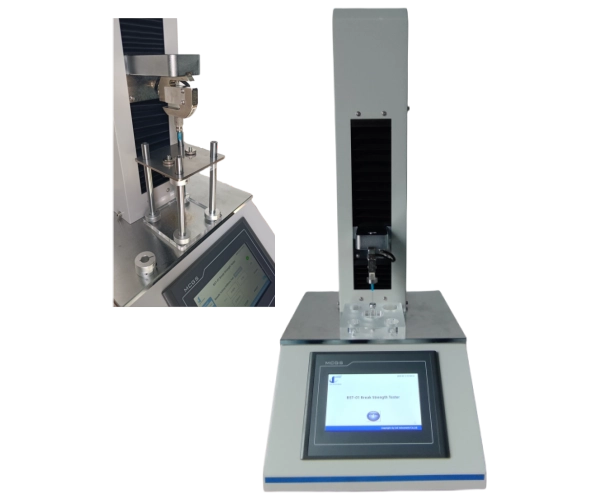Készen áll a lyukasztásvizsgálati folyamat optimalizálására?
Nézze meg, hogy a lyukadásvizsgálati megoldásaink hogyan segítettek a különböző ágazatokban működő vállalatoknak a termékminőség javításában és a szabványoknak való megfelelésben.
Telefon
+86 1856001 3985
marketing@celtec.cn
Cím:
5577 Gongyebei Rd., Licheng kerület. Jinan, Shandong, Kína

